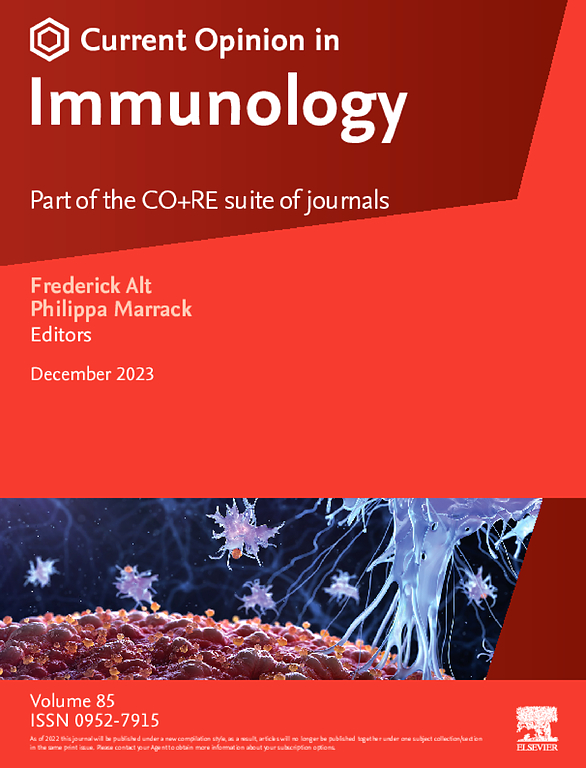神经精神性狼疮:无数的症状需要无数的模型
IF 5.8
2区 医学
Q1 IMMUNOLOGY
引用次数: 0
摘要
神经精神性狼疮(NPSLE)被认为在30-40%的SLE患者中表现出来,其症状从疲劳、焦虑到抑郁、认知障碍和精神病。在过去的几十年里,很明显,大多数SLE动物模型也表现出一定程度的npsl样疾病。与NPSLE患者表现的多样性类似,NPSLE的症状在动物模型之间也存在差异,可能是由于其固定的遗传背景。因此,无论是基因研究还是治疗研究都侧重于不同模式下的不同机制,这使得基础研究成果难以转化为临床领域。在这里,我们总结了NPSLE不同动物模型的研究,特别关注已确定病理通路之间的差异和重叠。本文章由计算机程序翻译,如有差异,请以英文原文为准。
Neuropsychiatric lupus: a myriad of symptoms requires a myriad of models
Neuropsychiatric lupus (NPSLE) is believed to manifest in 30–40% of SLE patients, with symptoms spanning from fatigue and anxiety to depression, cognitive impairment, and psychosis. Over the past decades, it has become clear that most animal models of SLE also present with some level of NPSLE-like disease. Similar to the diversity of presentations among NPSLE patients, symptoms of NPSLE differ between animal models, likely due to their fixed genetic background. Therefore, both genetic and therapeutic studies have focused on different mechanisms in different models, making it difficult to translate basic research findings to the clinical realm. Here, we summarize studies of different animal models of NPSLE, specifically focusing on differences and overlaps between identified pathological pathways.
求助全文
通过发布文献求助,成功后即可免费获取论文全文。
去求助
来源期刊
CiteScore
13.30
自引率
1.40%
发文量
94
审稿时长
67 days
期刊介绍:
Current Opinion in Immunology aims to stimulate scientifically grounded, interdisciplinary, multi-scale debate and exchange of ideas. It contains polished, concise and timely reviews and opinions, with particular emphasis on those articles published in the past two years. In addition to describing recent trends, the authors are encouraged to give their subjective opinion of the topics discussed.
In Current Opinion in Immunology we help the reader by providing in a systematic manner: 1. The views of experts on current advances in their field in a clear and readable form. 2. Evaluations of the most interesting papers, annotated by experts, from the great wealth of original publications.
Current Opinion in Immunology will serve as an invaluable source of information for researchers, lecturers, teachers, professionals, policy makers and students.
Current Opinion in Immunology builds on Elsevier''s reputation for excellence in scientific publishing and long-standing commitment to communicating reproducible biomedical research targeted at improving human health. It is a companion to the new Gold Open Access journal Current Research in Immunology and is part of the Current Opinion and Research(CO+RE) suite of journals. All CO+RE journals leverage the Current Opinion legacy-of editorial excellence, high-impact, and global reach-to ensure they are a widely read resource that is integral to scientists'' workflow.

 求助内容:
求助内容: 应助结果提醒方式:
应助结果提醒方式:


